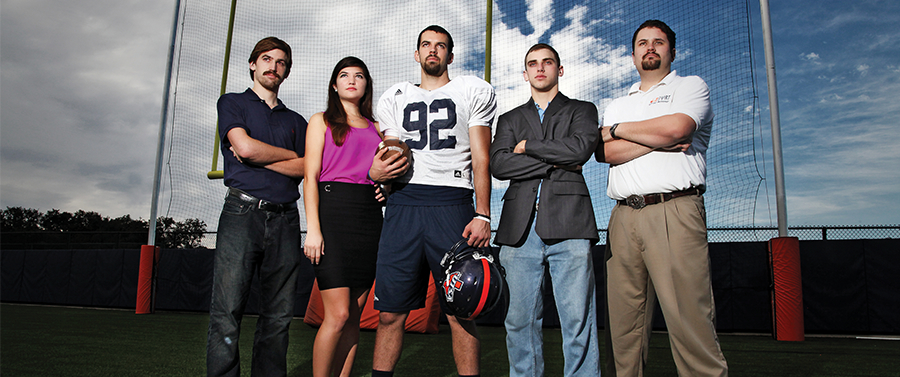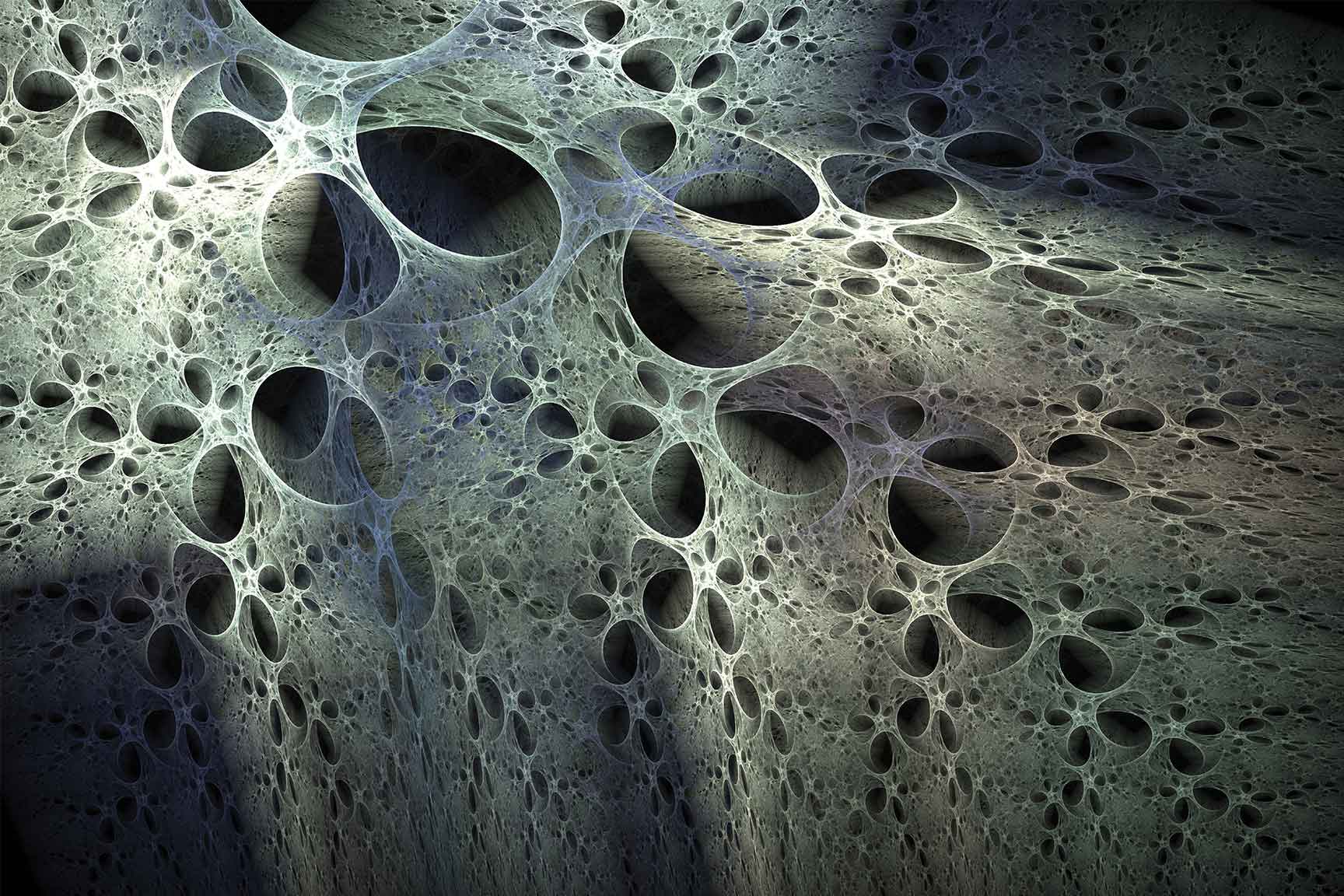


Texans live and die by football. Friday nights are filled with packed high school stadiums, and Saturdays are reserved for college game day. Add the $422 billion yearly revenue of the sports industry, and you have something worth looking into. It didn’t take long for students at UTSA to see the value in football–they just needed a kick in the right direction.
They’re usually the smallest, least athletic players on the team and yet they determine the outcome of many games. They’re the guys no one on the bench speaks to, the ones who only get into the game in desperate situations. They put the “foot” in football. Placekickers. When a team game comes down to an individual performance, especially one from a player who only gets into the game for a few seconds every week, it’s an uncomfortable moment.
Placekickers only have one shot at scoring. When your teammates have exhausted themselves to put you in a position to win the game with one swing of your leg, you’d better make it count.
Kickers rely on endless repetition of a very specific series of motions to develop a routine they can trust when the game’s on the line. In the last second, with the crowd screaming, the coaches pleading and the defense charging, they don’t want to have to think about what they’re doing. They want it to be automatic. But every kick is different; field position, wind direction, the pressure of the moment.
To improve the odds of making those kicks count, UTSA students, along with the Center for Visualization, Simulation and Real-Time Prediction (SiViRT), funded by a grant from the National Science Foundation (NSF), are teeing up a project to create a portable, accurate football kicking simulator

The Football Kicking Simulation and Human Performance Assessment is a virtual training system that uses real-time wireless feedback and computer sensing to measure football kicking mechanics data. Comprised of multiple feedback platforms, a kicker can obtain valuable information about his stance, kick, trajectory and power. All of this can be done on the field or in a laboratory environment. The simulator is even designed to replicate the pressure of a real game-saving moment through realistic, 3-D stadium simulations.
UTSA mechanical engineering undergraduate students Alyssa Schaefbauer, Cole Meyers, Jacob Kantor and Michael Lasch, kinesiology undergraduate student Ekow Acquaah, along with electrical and computer engineering graduate student Aaron Stout and computer science graduate student Ehren Biglari, have been developing and testing the virtual training system under the mentorship of Dr. Yusheng Feng since February 2012.
The initial concept came about when Schaefbauer spoke to Feng about working on undergraduate research. Feng agreed to let her join the SiViRT team, provided she did well in his thermodynamics class. On the first test, Schaefbauer earned an A and began her life as a researcher.
“I came up with the design for the simulator after being approached by Dr. Feng about doing research into similar products,” Schaefbauer said. “He had wanted some research done on kicking simulators, and I took that and ran with it. I don’t think he was expecting all of the data and information I came back with. From then on, I was more or less the student team leader.”
From her initial results, Feng and Schaefbauer realized the potential of the project at hand. They also knew that more experience was necessary to fill out the team. As the team grew, it went beyond engineering and crossed over to complimentary disciplines like kinesiology.
“I wouldn’t have expected to see how much our fields overlap especially in biomechanics,” explained Acquaah of the mutual research. “I really love seeing the research from a quantitative state. In kinesiology, we study the concept behind the body and its movements, but working with engineers I can see the numbers behind all of it.”
Once prototypes were created, the team needed a test subject. They reached out to the UTSA football department and enlisted the help of assistant coach Perry Eliano and star kicker Sean Ianno.
The simulator is an awesome idea,” said Ianno. “Although it is not a finished product yet, it has the potential to be on the cutting edge of technology and quite possibly could revolutionize how kickers train.
“The best feature of this simulator will be getting immediate results. Usually I would record myself on video and watch it later then wait until the next day to make corrections, but being able to make those corrections while they’re fresh on my mind changes everything about training,” added Ianno.
“The kicking simulator is an incredible project and something I believe can be very beneficial not only for our kickers, but for kickers across the country,” Eliano said. “I’m really humbled and thankful that the College of Engineering and their students who worked their tails off on this project chose us to be a part of it.”
Confident about their product, the research team has filed a patent application for the technology through the UTSA Office of Commercialization and Innovation and the team hopes to make the simulator commercially available for coaches and football teams to use as a training tool. The research team has also published two papers that were presented at the International Workshop on Computer Science in Sports and the Society for Modeling and Simulation International conference this summer.
The multidisciplinary approach, and the introduction of the simulator in a multibillion-dollar industry is a winning game plan. The research that began with the eagerness of an undergraduate wanting to get into a lab, has now evolved into a campus-wide project with unlimited potential
“The football kicking simulator is a perfect example of how engineering and science can make improvements beyond the scientific arena, such as football, that are of interest to the greater community,” said Feng.